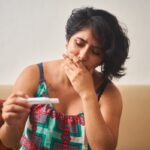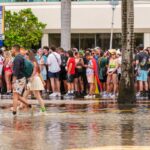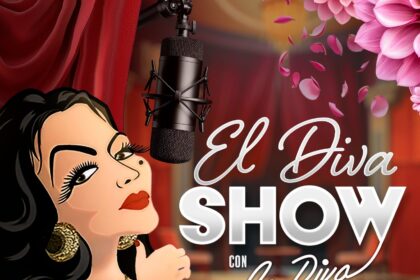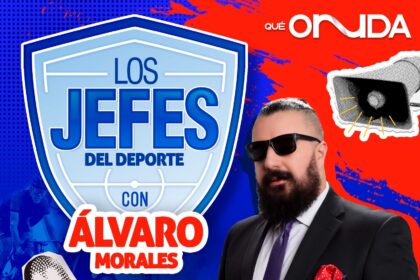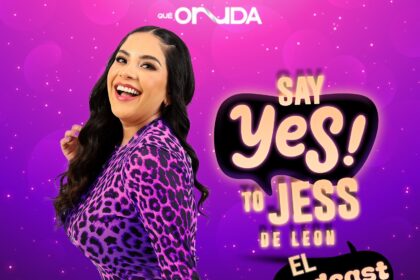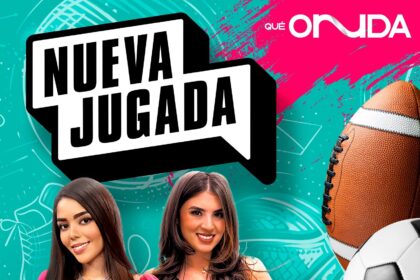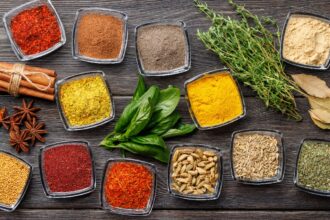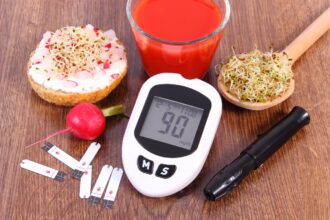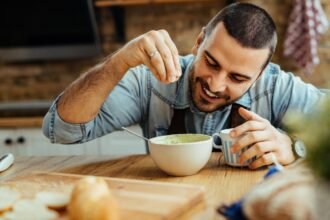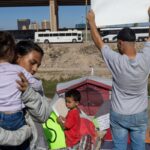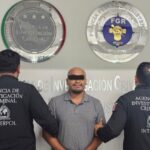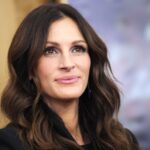Between “eyeliner” and “eyeliner”, between “foundation” and “base”… that’s how we talk about beauty among Gen Z Latinos in the United States. It’s not just a matter of language, but of a cultural mix that shows in both the words and the products we use.
On TikTok, on YouTube, in the classroom and even in the mirror: young bilinguals are creating a new language of beauty.
Spanish + English + Spanglish = Beauty Gen Z
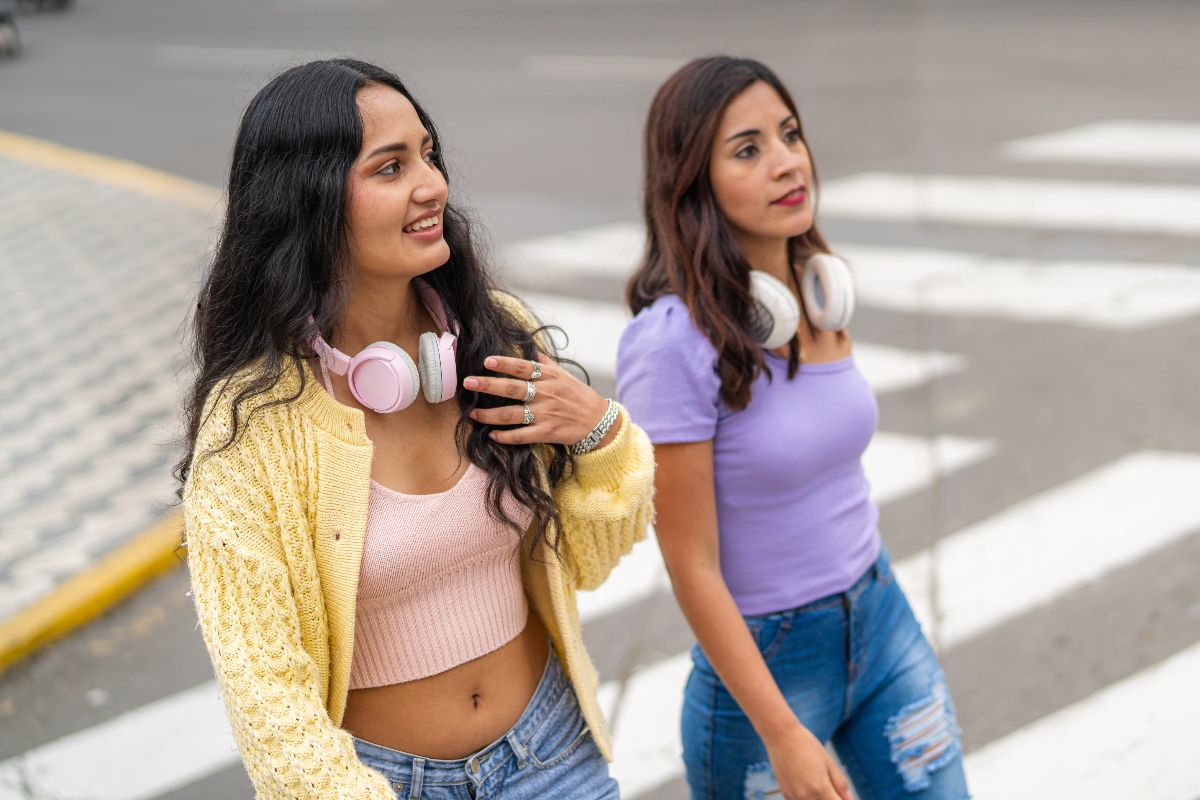
“I applied the little brown bronzer with a fluffy brush…”….
Sound familiar? That’s the way we talk now.
It’s not a direct translation. It’s a real fusion, where words like “glow”, “blush” and “cut crease” coexist with “shadows”, “smudge” and “laminated eyebrows”.
Because when you are a child of two cultures, makeup also becomes a bridge.
What does this mean?
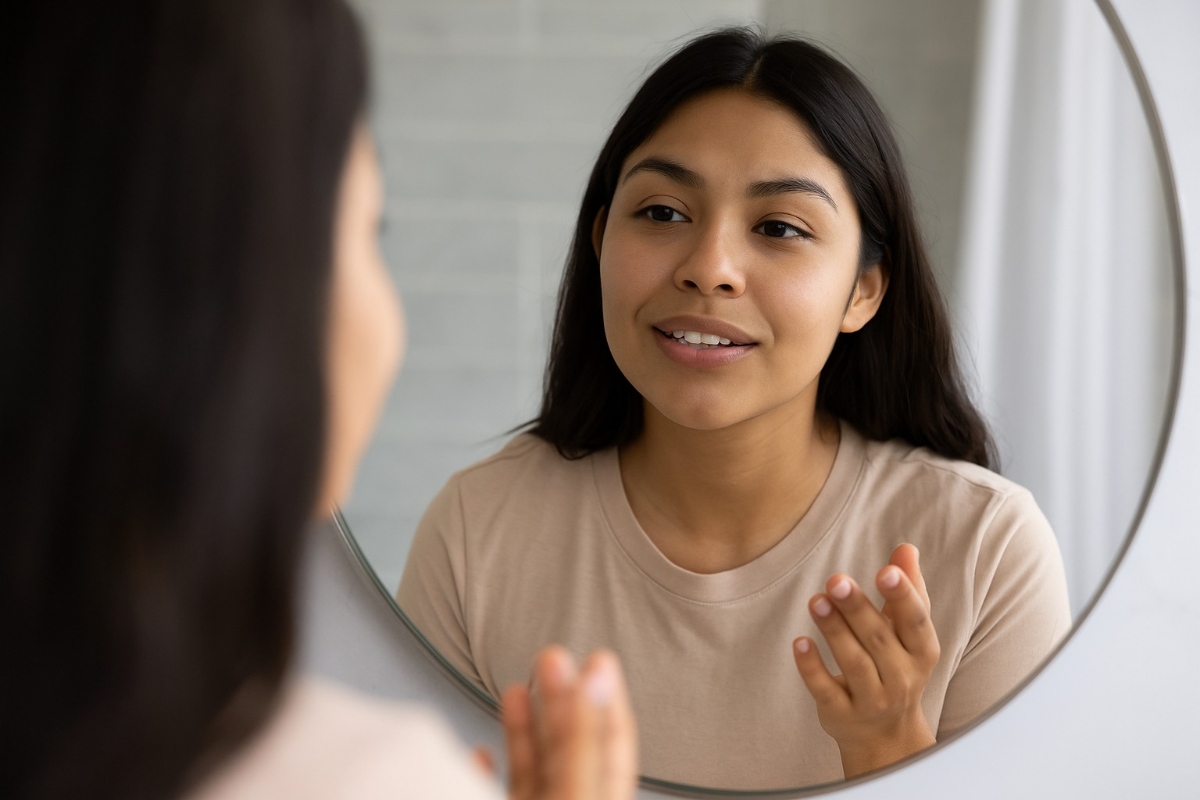
That you can watch a tutorial in English, but explain it in Spanish to your friend.
That you use terms from both languages, not because you don’t know, but because both belong to you.
Bilingual youth are creating a new language of beauty
QueOnnda.com
That your makeup routine can include the foundation your cousin uses in Jalisco and the gloss you saw in a New York haul.
And why does it matter?
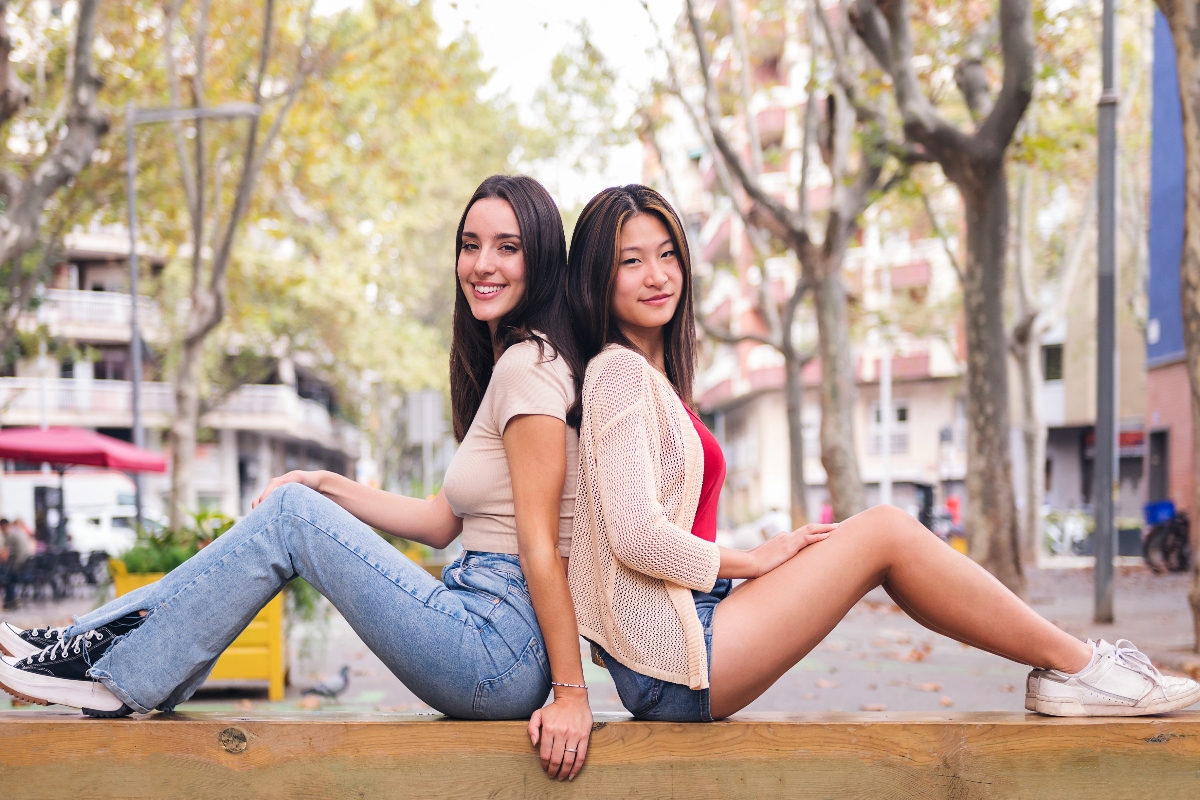
Because for years it was thought that speaking Spanglish was “bad language” or a sign of confusion.
But now, it is identity, style and its own voice.
And in the beauty world, as in the case of Gen Z, that’s reflected in how we teach ourselves to apply makeup.
As well as in how we create content and how we choose brands to represent us.
Voices that sound like you
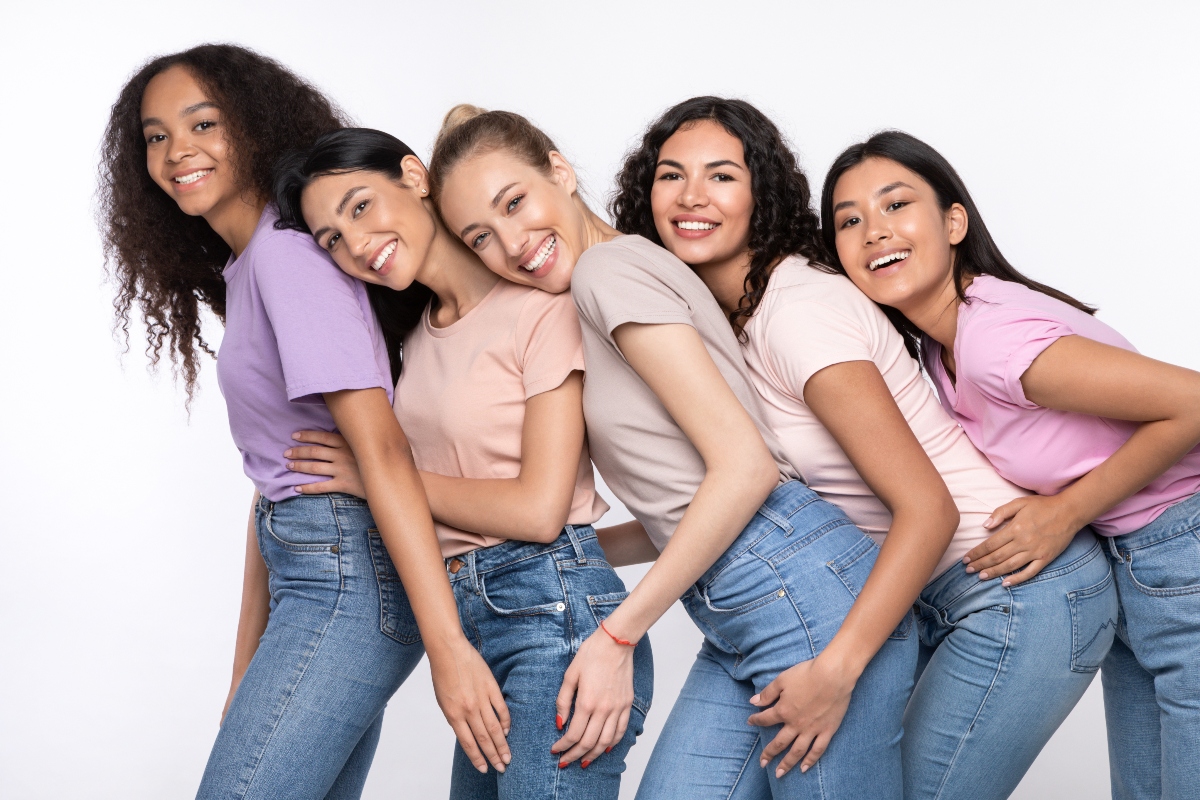
Bilingual Latina influencers like @valxval, @makeupbylupe and @itslorenad are showing that being yourself is the best makeup.
“You don’t have to choose a language to express yourself. You just need to be real.”
For more information, visit QueOnnda.com.




